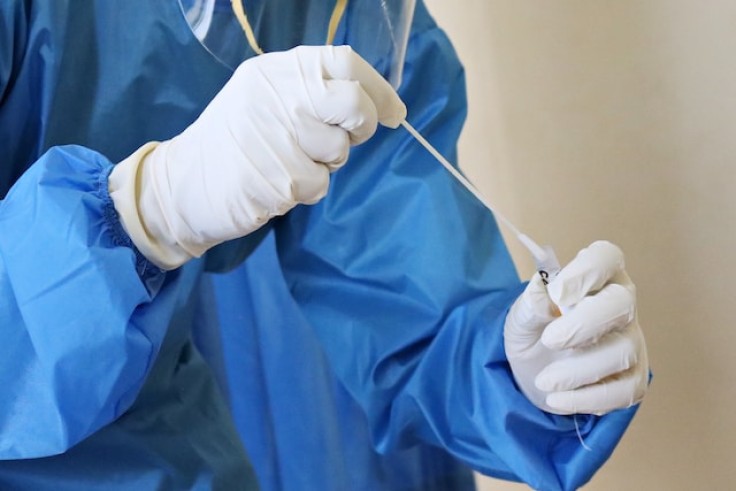
With COVID-19 cases on the rise once again across the country, many individuals are turning to home tests to make crucial decisions about work, school attendance, and other activities. However, a growing number of these tests are returning negative results, even when individuals are certain they have contracted the virus, leading to speculation that rapid tests may be losing their effectiveness against newer coronavirus variants.
Unpacking the Mystery Behind Negative Rapid Test Results in Presumed COVID-19 Cases
Dr. Michael Mina, an immunologist and epidemiologist and Chief Science Officer at eMed, acknowledges that this concern has surfaced periodically with each new variant. Yet, there are valid reasons why a home test may provide a negative result despite a COVID-19 infection.
One significant factor is the evolving way people use rapid tests, coupled with the evolving immunity in the population. As most individuals now possess some level of underlying immunity to the coronavirus, this can affect the test's performance.
However, Todd Merchak, co-leader of the RADx program at the National Institutes of Health, reassures the public that, to date, the performance of COVID-19 tests on the market remains unaffected by the emergence of new variants.
Unlike vaccines and monoclonal antibodies, which target the spike proteins on the virus's surface that change rapidly, rapid home tests primarily target the nucleocapsid proteins (N-proteins) of the coronavirus. N-proteins are less prone to mutations, providing some stability to the tests' accuracy.
To ensure that rapid tests remain effective, researchers have developed a comprehensive library of possible changes to the N-protein over time, allowing them to assess the compatibility of existing tests with new variants rapidly. If the FDA suspects that a test is no longer effective against a prevalent variant, it conducts further analysis and may revoke authorization for the test.
Another crucial aspect to consider is the timing of testing. The Centers for Disease Control and Prevention (CDC) recommends taking a rapid test five days after a known virus exposure. Research indicates that, on average, it takes three to six days for the viral load to become detectable. However, due to easy access to at-home testing, individuals tend to test earlier, often before the virus has replicated enough for detection.
Recognizing this issue, the FDA has advised anyone who receives a negative result from a home test to repeat it within 48 hours. Studies have shown that rapid tests are more accurate when repeated, especially in detecting asymptomatic cases. Early in an infection, viral loads can be too low for a single test to detect reliably, making repeat testing essential for accurate results.
The Role of Operator Error: Why Children's Rapid Test Results Can Be Misleading
Operator error can also impact the reliability of rapid tests. A study conducted in Taiwan revealed that children's tests often yielded false-negative results, even when PCR tests confirmed their infection. This discrepancy was attributed to the difficulty of obtaining a proper nasopharyngeal swab sample from children, emphasizing the importance of following test instructions carefully.
Dr. Michael Mina envisions a future in which it is common for rapid home tests to show negative results, even for infected individuals, as a sign that the immune system is successfully controlling the virus's replication. Such a scenario would signify a triumph of immunity in keeping the virus at bay, offering hope for a safer future.
In conclusion, while home COVID-19 tests remain a valuable tool in managing the pandemic, various factors, including the timing of testing and operator error, can influence their accuracy. Repeat testing, especially for asymptomatic cases, and strict adherence to instructions can improve the reliability of rapid home tests, helping individuals make informed decisions about their health and safety.
Related Article : CDC Report Confirms Presence of New COVID-19 Variant BA.2.86 in U.S. Wastewater After Preliminary Testing